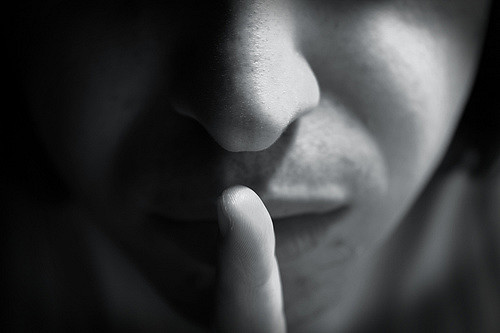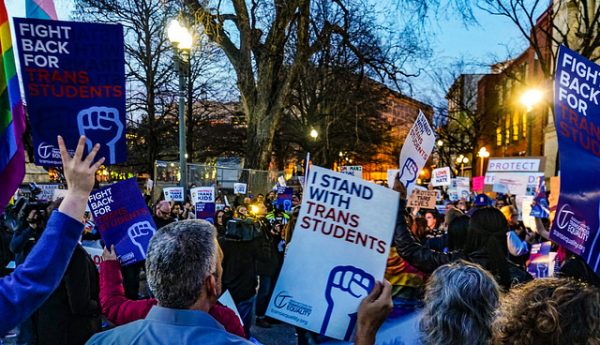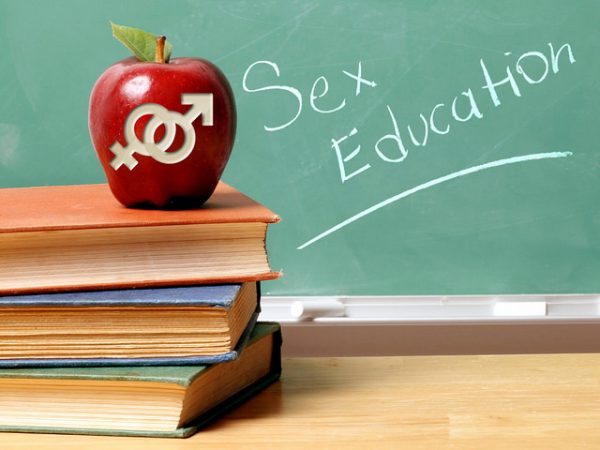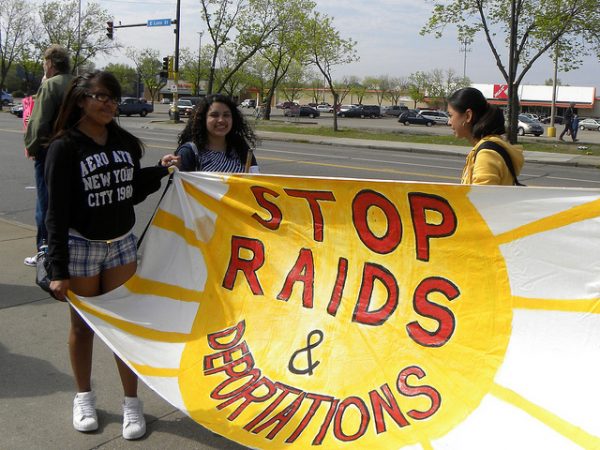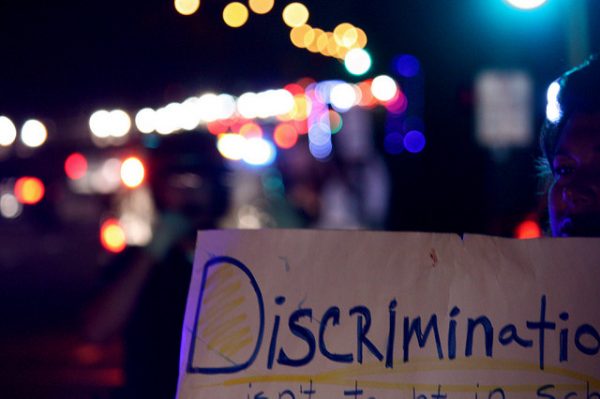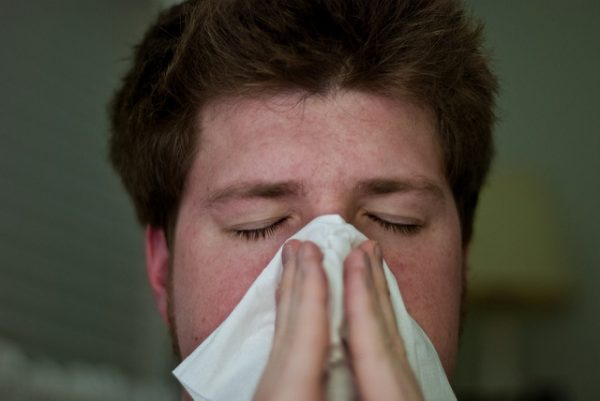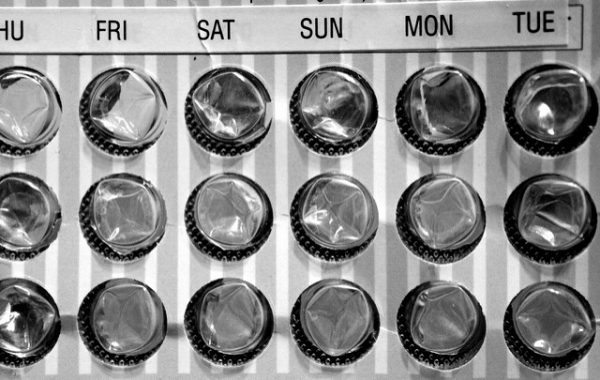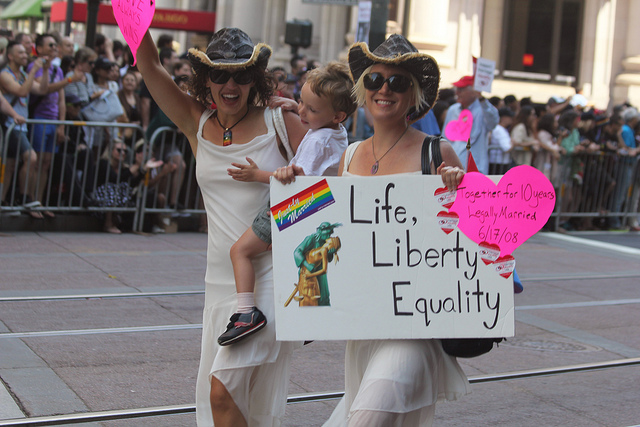
LGBT families are increasingly visible in public life. From famous celebrity same-sex parents like Neil Patrick Harris and David Burtka to same-sex family representations in popular television shows like Grey’s Anatomy and Modern Family, it may be easy to forget the hurdles LGBT families continue to face. For decades, anti-same-sex parenting activists have challenged LGBT parental rights, arguing that same-sex parenting somehow harms the wellbeing of children. Social science research on LGBT parenting has generally refuted these claims, providing evidence that good parenting occurs under a diversity of family arrangements.
Families have never truly resembled the so-called “traditional” nuclear family, yet LGBT families have indeed expanded definitions of kinship and parenting. Beyond disrupting norms about gender and sexual orientation of family members, many LGBT families use adoption and various methods of assisted reproduction to have children. Some families include two parents, some include one, and others involve co-parenting between more than two people.
- Stephanie Coontz. 1992. The Way We Never Were: American Families and the Nostalgia Trap. New York: Basic Books.
- Joshua Gamson. 2015. Modern Families: Stories of Extraordinary Journeys to Kinship. New York: New York University Press.
Despite a range of options for family structures, LGBT families still face legal challenges to parenting. Legal rights pertaining to adoption and parental rights vary significantly across the United States, as do parents’ understandings of and interactions with the law. In fact, parents’ expectations of what family formation means are often shaped by the legal context in which they live. For instance, if adoption is not an option for the second parent, it may become less important to the parents’ perception of how a family should look.
- Amanda K. Baumle and D’Lane R. Compton. 2015. Legalizing LGBT Families: How the Law Shapes Parenthood. New York: New York University Press.
Over the past decade, research on the well-being and success of children with lesbian and gay (LG) parents has intensified. Evidence overwhelmingly indicates that these children do just as well as children raised by different-sex parents in social and cognitive development, academic performance, and avoiding substance abuse and delinquent behavior. Beyond wellbeing, LG parents may be less likely to enforce rigid gender norms on their children, instead offering a variety of gendered options. Studies have also found that children’s activity preferences are less gendered when parental division of labor is more equally shared between both parents, and this egalitarian form of co-parenting appears to be more common among middle class, white lesbians. However, parents from all backgrounds may be less likely to endorse gender nonconformity with their sons than with their daughters.
- Wendy D. Manning, Marshal Neal Fettro, and Esther Lamidi. 2014. “Child Well-Being in Same-Sex Parent families: Review of Research Prepared for American Sociological Association Amicus Brief.” Population Research and Policy Review 33(4): 485-502.
- Emily W. Kane. 2006. “No Way My Boys Are Going to Be Like That!”: Parents’ Responses to Children’s Gender Nonconformity.” Gender & Society 20(2): 149-176.
- Kate Henley Averett. 2016. “The Gender Buffet: LGBTQ Parents Resisting Heteronormativity.” Gender & Society 30(2): 189-212.
While the research base on LG parents and family structures has developed rapidly, we know much less about transgender parents and transgender youth. Similarly, the experience of bisexual individuals has often been ignored or collapsed under LG experiences. This lack of research complicates the notion of LGBT as a comprehensive umbrella term in family studies, as social scientists know far less about the BT than the LG, and even less about queer and asexual identities (QA).
- Timothy J. Biblarz and Evren Savci. 2010. “Lesbian, Gay, Bisexual, and Transgender Families.” Journal of Marriage and Family, 72(3): 480-497.

